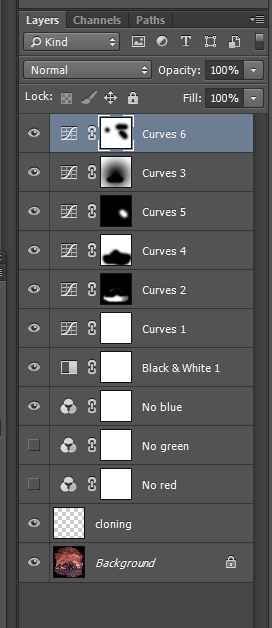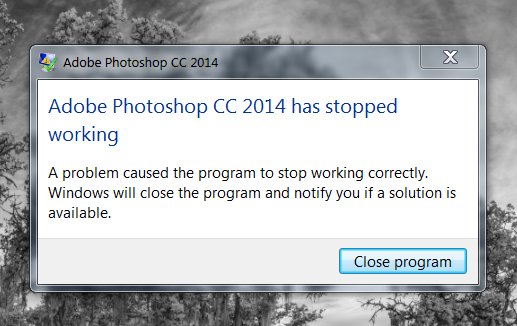Here are a few images from yesterday.
The top one is my favorite. I like the rectilinear mapping. It’s not often I can use it because my usual total stitched image field is too wide. Maybe I’ll experiment with a longer lens — these were all with a 60 — to narrow the field of view.
In the bottom two I struggled with the same mergers that I dealt with in one of the images that I posted yesterday. I’ll do some more experimentation with the channel mixer. I could also try some filtration over the lens, but I’ve experienced flare problems with filters when shooting into the sun.
I have a a7II at LivePixel being converted to use the standard IR filter. That might be the best way to go deeper without using a filter in front of the lens. The standard IR filter will let less light through than the Super Color filter I’m using now, but the IBIS on the a7II might compensate for that.
[Later] OK, I figured out what to do with the merger on the big oak against the dawn. I’d been trying to get the foliage lighter than the sky and it just wasn’t working. I added three channel mixer layers, each one omitting one color channel and played with the possibilities. Here’s the stack I ended up with in Ps:
You can see that leaving out the blue channel works the best.
Here’s the result:
Much better, as far as I’m concerned. What do you think?
I don’t think I can save the other one. I worked and worked on it. I worked so hard I saw this:
Maybe that’s a sign.
![[Group 6]-_DSC0461 (2)__DSC0494 (2)-34 images_0001-Edit](https://blog.kasson.com/wp-content/uploads/2015/03/Group-6-_DSC0461-2__DSC0494-2-34-images_0001-Edit.jpg)
![[Group 9]-_DSC0846 (2)__DSC0959 (2)-114 images_0000-Edit](https://blog.kasson.com/wp-content/uploads/2015/03/Group-9-_DSC0846-2__DSC0959-2-114-images_0000-Edit.jpg)
![[Group 5]-_DSC0353 (2)__DSC0457 (2)-105 images_0001-Edit](https://blog.kasson.com/wp-content/uploads/2015/03/Group-5-_DSC0353-2__DSC0457-2-105-images_0001-Edit.jpg)

![[Group 9]-_DSC0846 (2)__DSC0959 (2)-114 images_0000-Edit-2](https://blog.kasson.com/wp-content/uploads/2015/03/Group-9-_DSC0846-2__DSC0959-2-114-images_0000-Edit-2.jpg)

I really like the second one. I may like it better than the new version of it.
I had picked the second one as my favorite as I like the composition.
Eric,
Thanks for your comment. I haven’t printed any of these yet. I have an informal showing on Friday, and now I think I’l print them both for that.
Jim